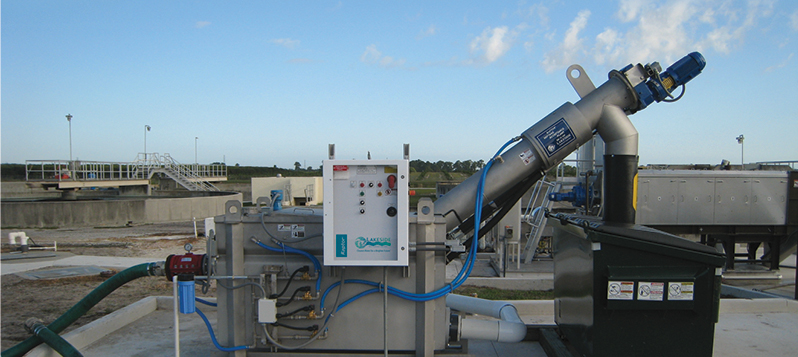When the Clean Water Act took effect in 1972, regulations came into play that kept untreated wastewater out of streams, rivers, lakes, seas, and oceans. Why was this necessary? Prior to the act, some rivers in the U.S. were so polluted that they were deemed unsafe for recreational activities like swimming or fishing.
Contaminated water led to toxins in the fish people ate. That’s why there are limits on how much seafood you can safely consume today. Plus, it was changing the water sources. Harmful bacteria and algae thrive in some polluted bodies of water.
Today, wastewater treatment plants must hold Clean Water Act permits. Before any wastewater returns to a body of water, it must be cleaned. This includes water that goes into a city’s storm drains, water from sewers, and water that’s trucked in by companies that pump out residential septic tanks.
A Brief Look at the Clean Water Act
While the Clean Water Act wasn’t enacted until 1972, it actually dates back to the 1940s. The Federal Water Pollution Control Act put standards in place to help improve the quality of water sources like rivers, lakes, and oceans. It was completely revised and renamed in 1972 and became officially known as the Clean Water Act.
The basis of that act was to make it illegal to discharge any wastewater from a “point source” (container, drainage ditch, pipe, tunnel, etc.) into a water source without a permit. This included manufacturers, waste treatment plants, cities, and towns.
The National Pollutant Discharge Elimination System (NPDES) permit goes to companies who have the technology and procedures in place to limit bacteria and other pollutants from water that is discharged. To ensure companies are following the guidelines, random samples are taken from time to time and tested. These permits last five years.
Businesses and industries that hold an NPDES permit have 126 pollutants that must be monitored. Of that number, 65 of them are considered “priority” pollutants. These pollutants could be issues to humans or to the plants and creatures living in the many bodies of water throughout the U.S. Here’s an example of some of the priority toxins:
- Arsenic
- Asbestos
- Cadmium
- Chloroform
- Cyanide
- Methyl mercury
Despite the changes over the years, many bodies of water in the U.S. still deal with pollution. From 1990 to 1994, the Environmental Working Group reports that the Mississippi River had more than 702 million pounds of toxic materials released into the river. More than 35 million pounds were released into the Pacific Ocean from three of the West Coast states. The Ohio River was next with more than 22 million pounds. It’s clear there is still work to be done.
How Is Wastewater Cleaned?
Many decades ago, mixing raw sewage into a water source was an effective way to purify that wastewater. The bacteria and creatures in the water would eat the organic matter. As the population increased, there was too much waste for this process to be effective. That’s why water treatment plants developed.
The first stage in a water treatment process involves separating large items like paper, sticks, and plastic items from the liquid. Screens capture the larger items and allow the remaining wastewater through to the next stage. Trash rakes remove those items from the screens to prevent clogs. Wastewater goes into a grit removal system to separate the smaller particles like sand and small stones and aerate the remaining wastewater.
After grit is removed, the wastewater goes to a sedimentation tank to help further remove sediment. It goes through a filter and is aerated more with waste falling to the bottom and the aerated water going out through the effluent pipe. Eventually, chlorine is added to kill any remaining bacteria. Depending on state laws, the chlorine may need to be removed prior to going back into a water source.
For 90 years, Lakeside Equipment Corporation has specialized in water purification systems. The companies original goal was to ensure people had safe drinking water in their cities and towns. Since then, expansion has led to water and wastewater treatment solutions in all of North America and many other countries around the globe. What are your water treatment goals? Call us at 630-837-5640 to talk to a specialist about water treatment solutions that fit your budget and needs.








